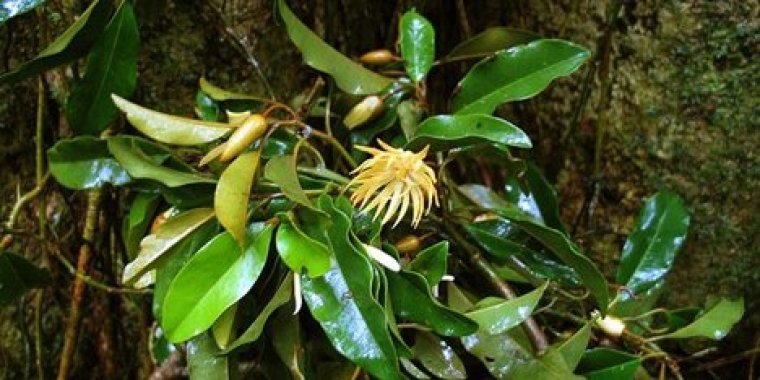| News / Science News |
Chemists synthesize novel neuroactive compound found in rainforest
Scripps Research Institute chemists working on an initiative supported in part by the U.S. National Science Foundation have developed a method to quickly synthesize neuroactive compounds from the bark of the rainforest trees Galbulimima belgraveana and Galbulimima baccata.

Synthesized neuroactive agent from the rainforest could yield new psychiatric, neurological drugs. Photo: CSIRO
The bark has hallucinogenic and other neuroactive effects that could be used in the development of psychiatric and neurological drugs.
The difficulty of obtaining the bark in bulk and the structural complexity of the compounds had impeded any in-depth analysis.
The study outlines the seven-step method the team used to synthesize a Galbulimima compound called himgaline and two other Galbulimima compounds, GB22 and GB13.
"We're very interested in learning how these Galbulimima compounds affect the brain and hope to derive useful new therapeutics from them,” said corresponding author Ryan Shenvi.
“With this improved approach to making these molecules, we can start to do that. The approach is somewhat analogous to distant space travel -- we first try to get to the target star system, so to speak, and from there it's relatively easy to get to specific planets within that system."
The team is studying the biological properties of Galbulimima compounds and using the synthesis method to manufacture other related compounds. (National Science Foundation)





